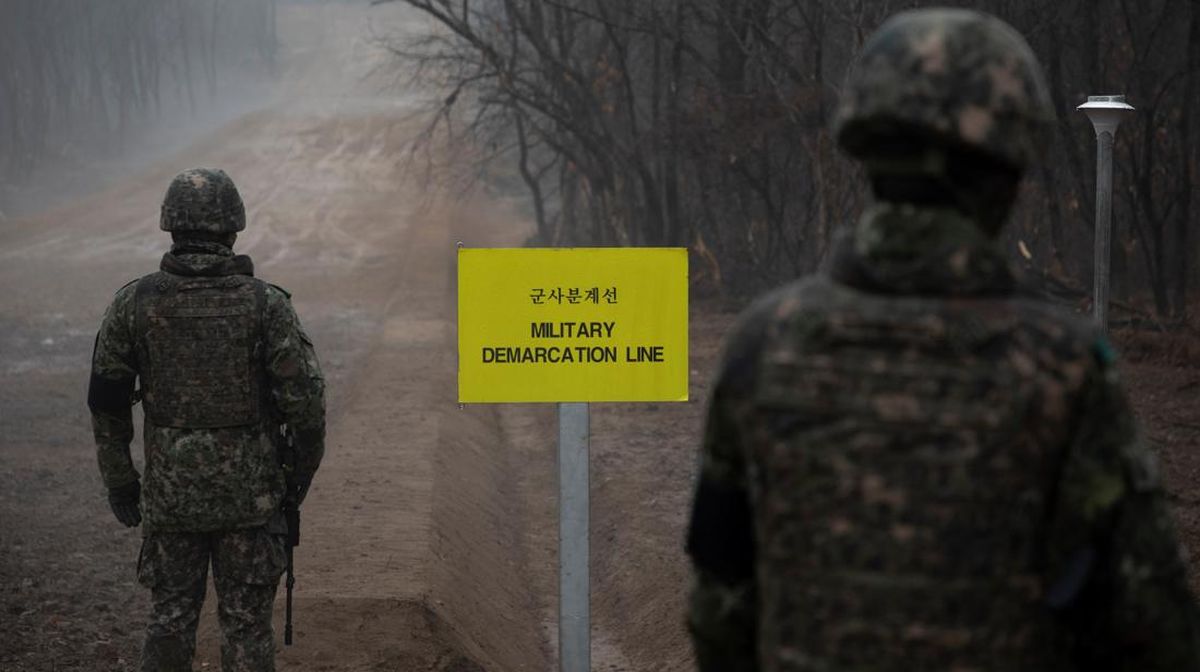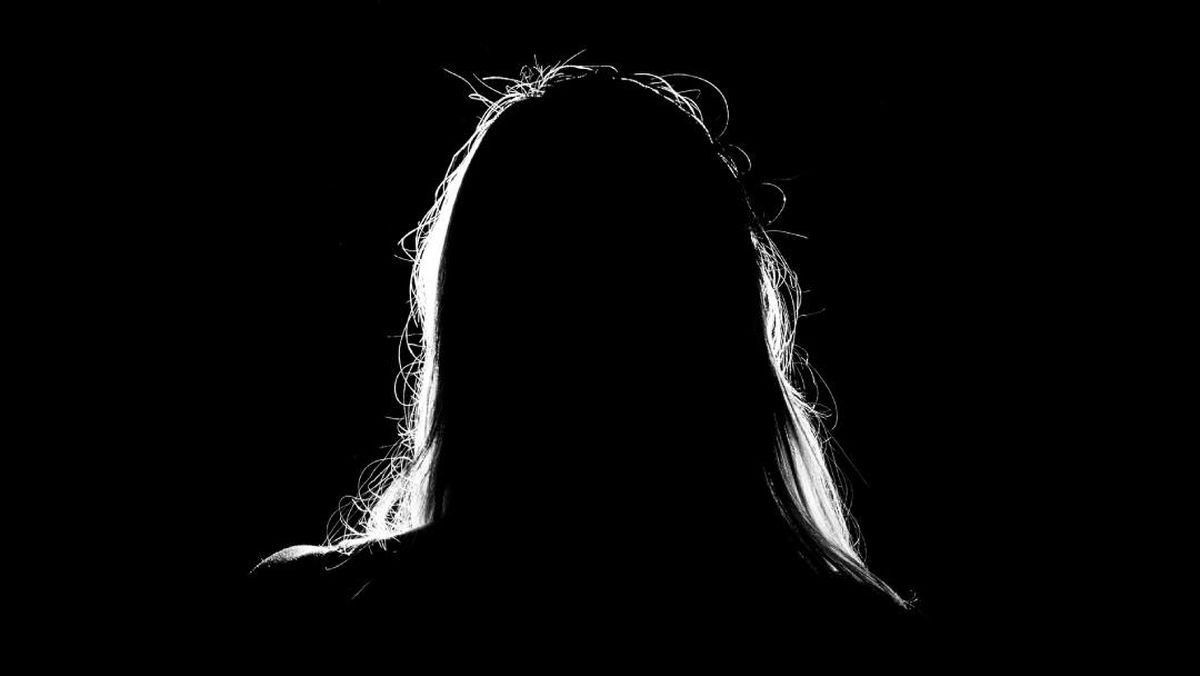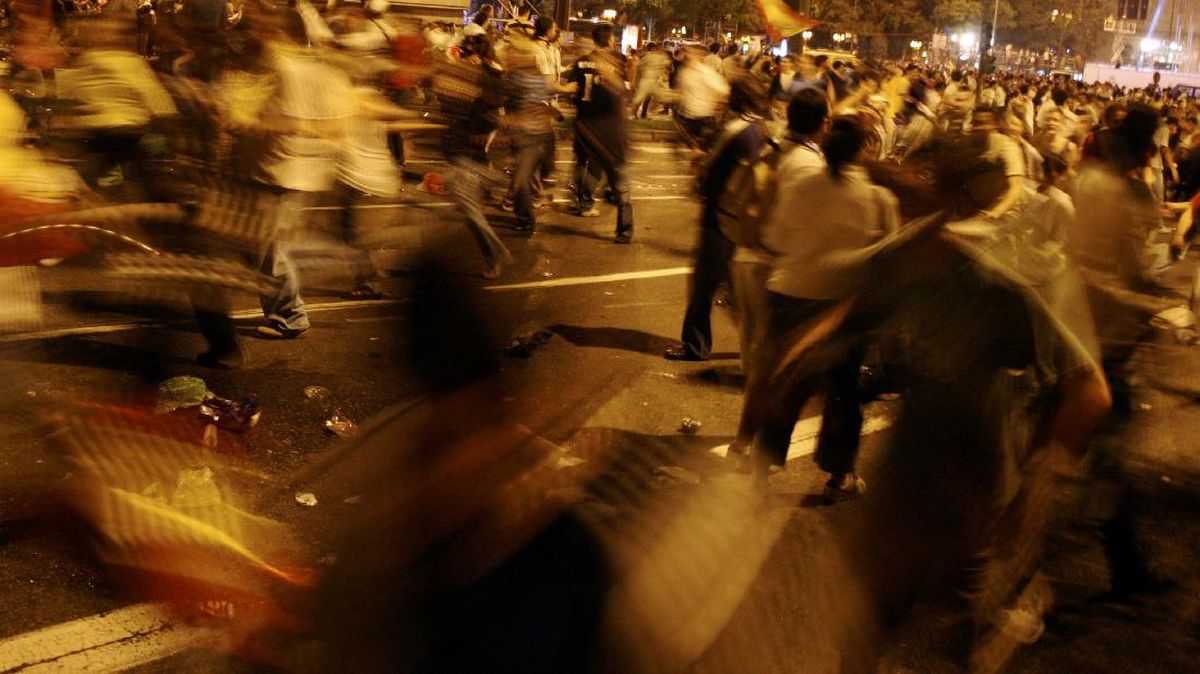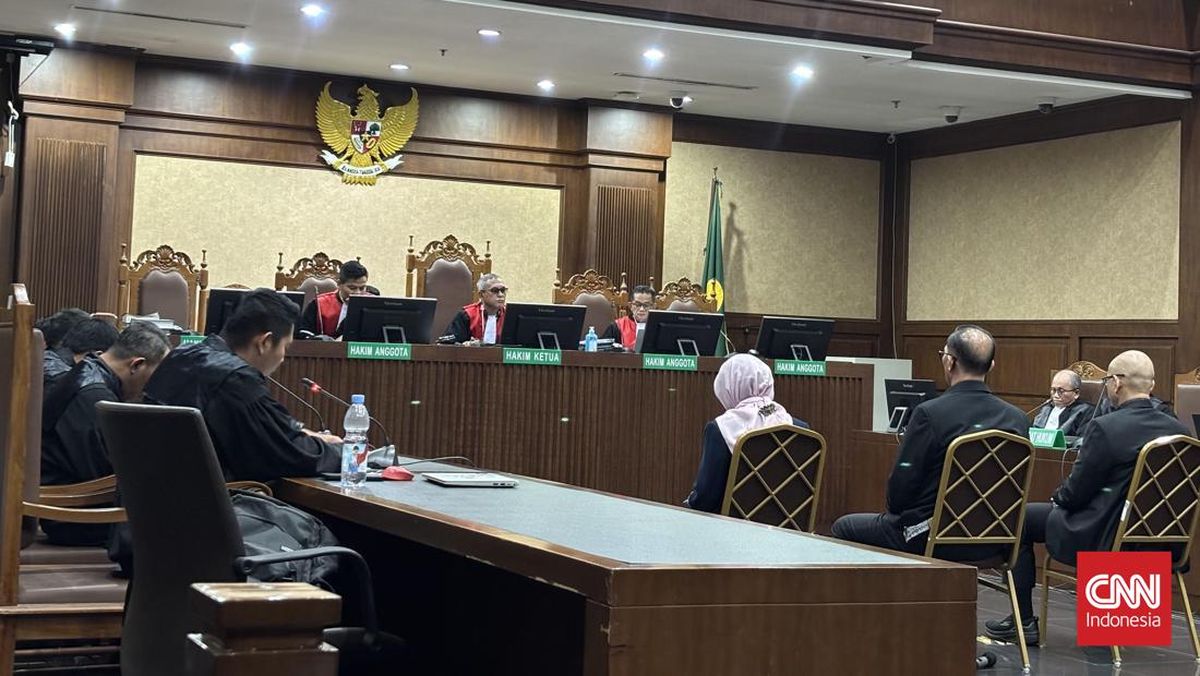I’m in Tasmania, standing at Maingon Bay, on the edge of the Southern Ocean, looking due south. There’s nothing but sea between here and Antarctica, and you can feel it in the cold wind. The coast is savage: the jagged basalt teeth of Cape Raoul, the aptly named cliffs of the Blade, extending south toward Tasman Island. The sea roars. It is also pitch black, one of the darkest places I have ever been.
But I’m not alone. Standing on the same cliff edge is a small group of total strangers. We’ve all come, alone and in twos and threes, to see the southern lights – the aurora borealis’s wilder and more elusive twin.

In Tasmania, there are none of the glass-roofed hotel rooms and heated bus tours that make the aurora a mass-market phenomenon in the northern hemisphere.Credit: Alamy
While we wait, looking at the sky, we share stories of other auroral nights. Of other wild days. Almost everyone here, including me, is Australian and from Tasmania. We talk of standing in the garden of a Hobart house, making hot chocolate for the neighbours while the sky pulsed green. Of taking the Maria Island ferry and the captain asking if anyone is in a hurry, before repurposing the vessel for an impromptu whale cruise to see the orcas that just appeared alongside the ship.
Before arriving in Tasmania, I had both the sense of returning to a place I know intimately, and the sense that I am now also an outsider and a tourist, having lived away for all of my adult life. Being an aurora tourist here requires a little work, a little more adventure.
There are few aurora packages or guided trips, none of the glass-roofed hotel rooms and heated bus tours that make the aurora a mass-market phenomenon in the northern hemisphere. Instead, I fill my phone with maps and aurora and weather apps – from the Australian Bureau of Meteorology, referred to fondly by locals as “the Bom”, and the very useful Glendale app, which provides live and location-specific aurora alerts. I join the local Facebook groups that people use to share their sightings and tips on the most popular places to go: Howden Boat Ramp, Goat Bluff, the Tessellated Pavement, Kunanyi, the Nut, Cradle Mountain. Anywhere with darkness and clear views south. My phone has been pinging with “geomagnetic substorm” alerts and, in the groups, an enormously helpful nightly stream of “I can see it from here” messages, often accompanied by photos from mountains and beaches and out living room windows.
But during my first week, it has all gone quiet. The brightness of the full moon has drowned out the solar storms. While I wait, impatient, I explore a little more of the island. Driving through the centre of the island, through lush temperate rainforest and up into craggy, subalpine mountains, where blue skies can turn to snow at any moment, I ask everyone I meet if they’ve seen the aurora. Eva Schultz, behind the counter at the Black Swan Bookshop in New Norfolk, tells me she “saw it once – right here on this street”. I look outside, hopeful. But the sky is instead filled with black cockatoos. Noisy on their winter migration north, they flash bright yellow tails.
At the fading old pile of the Empire Hotel in Queenstown, with its grand blackwood staircase and painting of the late Queen – a testament to a long-ago mining boom – a Brisbane couple touring the island on motorbikes tell me they haven’t seen the aurora here. “We’re going to Finland in October for that,” they say. Further north, in the quaint old pub at the Stanley Hotel, Dave, a mechanic on a day off from his work at the Savage River mine, gives me more hope. “I see it all the time down there,” he says, “in between shifts.”
That night, I drive up Table Cape in the dark. My phone has been pinging again. I drive slowly. A possum sits on its back legs in the middle of the road, staring me down. Pademelons, which look like miniature kangaroos, graze the verges. A wombat, busy in the grass, doesn’t even look up. The night feels alive. The moon is dimming – not enough for the aurora, but enough for the stars. The night sky here is special. Andrew Cole, an American professor of astrophysics at the University of Tasmania, told me that, because of the tilt of the earth here, you get a “front-row seat” to the Milky Way.
As the moon wanes, I decamp to the Tasman Peninsula, where beach cottages – “shacks”, as the locals call them – have been converted into increasingly luxurious accommodations. I brave the cold sea, rushing in after a sauna at my shack in the morning, and then hike out to Shipstern Bluff, sharing the trail with surfers carrying their boards on the two-hour hike to one of the biggest and remotest waves on Earth. Everyone is chatty, enthusiastic, talking waves and wind and skies. At the parking lot, three guys are on a holiday from “the mainland”, surfing and mountain biking. “I’m just getting into astro-photography,” says Scott Urquhart as he packs up his board. “Do you think the aurora will happen tonight? Where is the best spot, do you think?”
Luck changes from night to night. I check my phone after dinner one night and Margaret Sonnemann, the American expat who founded and moderates one of the most popular of the Facebook groups, Aurora Australis Tasmania, has written to me: “We’ve just got to a stronger substorm level.”
I drive to Goat Bluff, 30 minutes south-east of Hobart, and find Walton Ooi and Dominic Ong, two Singaporean tourists, at the lookout. Determined to see the aurora, we wait in the dark, hopeful. They tell me about seeing the aurora on social media and planning their trip to catch a sighting. It is cold. But suddenly the sky lights up, bright red and green to the south, and the stars are ablaze above, and they are telling me how happy they are. That this was their last chance, on the last night of their holiday.
We point and gasp … No one even has their phone out. ‘I like to just enjoy it,’ one woman says.
Standing on the cliff at Maingon Bay, the clouds are heavy above us, except for a thin band above the horizon. Everyone is still chatting, still telling stories. A couple from a nearby farm passes by, out for an evening walk. “Some nights we can see it from our kitchen window,” they say.
Loading
The horizon glows and conversation stops for a moment, as the aurora suddenly blazes green, as if a strange sun is rising to the south, behind the cape. We point and gasp and then look up, silently willing the clouds above us to clear. I’m the only one taking photos. No one even has their phone out. “I like to just enjoy it,” one woman says.
I’m struck by the beauty and the absurdity of it all. Standing on a headland at the end of the world, waiting for a storm from a star, with this group of friendly people whose faces I can’t even see in the pitch dark. The metaphor of this chase for the whole arc of our striving, too-short lives. Above us, the thinner bits of cloud turn the faintest shade of pink. And we stand in awe. Strangers on a rock. Lifting our faces toward the sky. Tiny in the universe.
This article originally appeared in The New York Times. © 2025 The New York Times Company.
To read more from Good Weekend magazine, visit our page at The Sydney Morning Herald,The Age and Brisbane Times.


















































